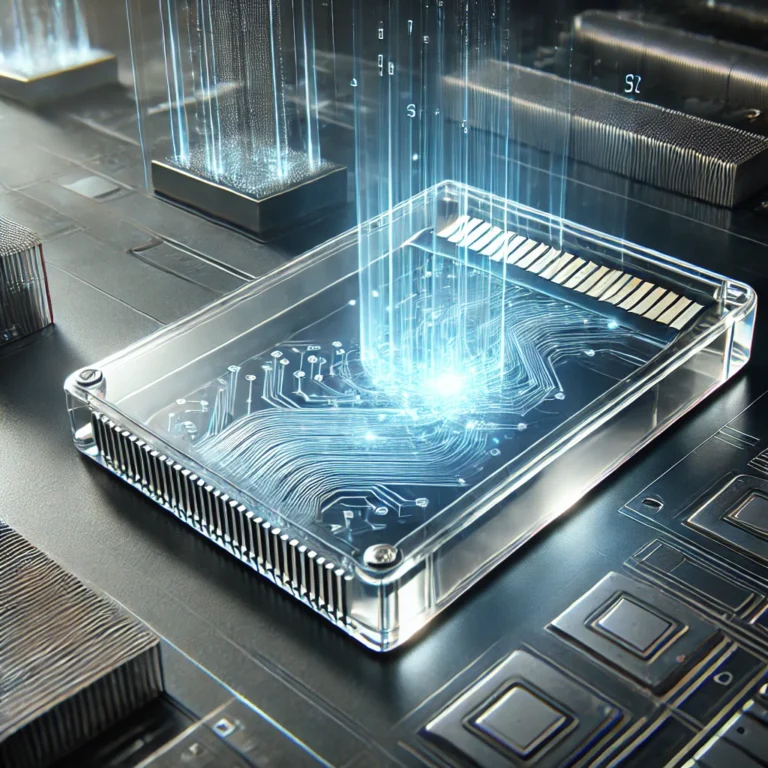-
Arif Uz Zaman Badhon
- Published Date:

Share This
In the ever-evolving world of technology, storage solutions have played a crucial role in shaping how we handle Data. From magnetic tapes to flash drives, innovation has driven our ability to store and access information with increasing efficiency. But what if the future of data storage lies in something as timeless and durable as crystal? Scientists are exploring the possibilities of crystal-based memory, potentially revolutionizing data storage as we know it.
The Concept of Crystal-Based Memory
At first glance, using crystal for a memory card may seem like a concept straight out of Science fiction. However, researchers have made significant progress in optical data storage using quartz glass, leading to what is known as 5D optical data storage. This futuristic approach relies on ultra-fast laser technology to inscribe data onto crystal structures with unparalleled precision and longevity.
How Crystal-Based Memory Works
Instead of using magnetic or electronic storage like traditional memory cards, crystal memory relies on:
- 5D Optical Data Storage – Information is encoded in three spatial dimensions, plus two additional optical properties (intensity and polarization of light).
- Femtosecond Lasers – These high-speed lasers etch microscopic patterns into quartz crystal, creating nanoscale modifications that store data permanently.
- Holographic Storage – Some approaches use holography, where data is stored as light interference patterns within the crystal, allowing for higher storage density.
The Benefits of Crystal Memory
Crystal-based storage presents several advantages over conventional memory cards:
- Incredible Durability – Unlike flash drives or hard disks, crystal memory is highly resistant to environmental factors. It can withstand extreme temperatures, radiation, and mechanical wear, making it virtually indestructible.
- Ultra-High Capacity – Researchers have demonstrated storage capacities of up to 360 terabytes per disc, far exceeding current storage solutions.
- Longevity – Data stored in crystal memory could potentially last billions of years, making it a viable option for long-term archival storage.
Challenges and Limitations
Despite its impressive potential, crystal-based memory is still in its experimental stages. Several challenges need to be addressed before it can be widely adopted:
- Slow Write Speeds – Current laser-based writing methods are not as fast as conventional flash storage.
- Lack of Read/Write Hardware – Unlike USB drives or SD cards, crystal memory requires specialized laser equipment to read and write data.
- High Production Costs – The technology is not yet cost-effective for mass production, limiting its commercial availability.
Future Prospects
The possibilities of crystal memory cards are exciting, and as research progresses, we may soon see breakthroughs that make them practical for consumer and industrial use. With advancements in laser technology and data encoding methods, crystal-based storage could one day replace traditional SD cards, hard drives, and even cloud storage.
As technology moves toward long-term, high-capacity storage solutions, crystal memory stands out as a promising contender. While we may not be carrying crystal memory cards in our pockets just yet, the idea of an eternal, ultra-dense storage medium is closer to reality than ever before. The future of data storage may indeed be written in crystal!